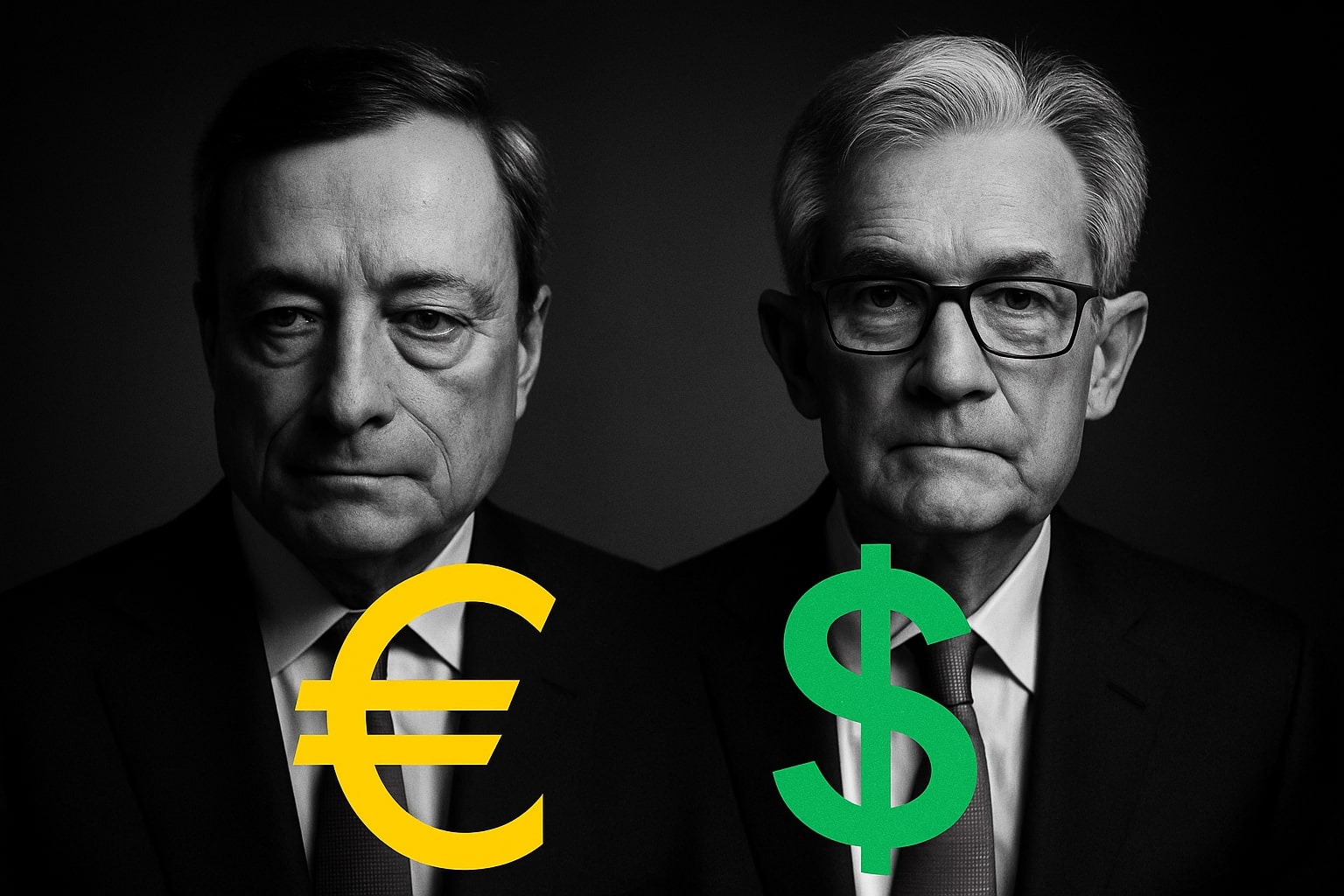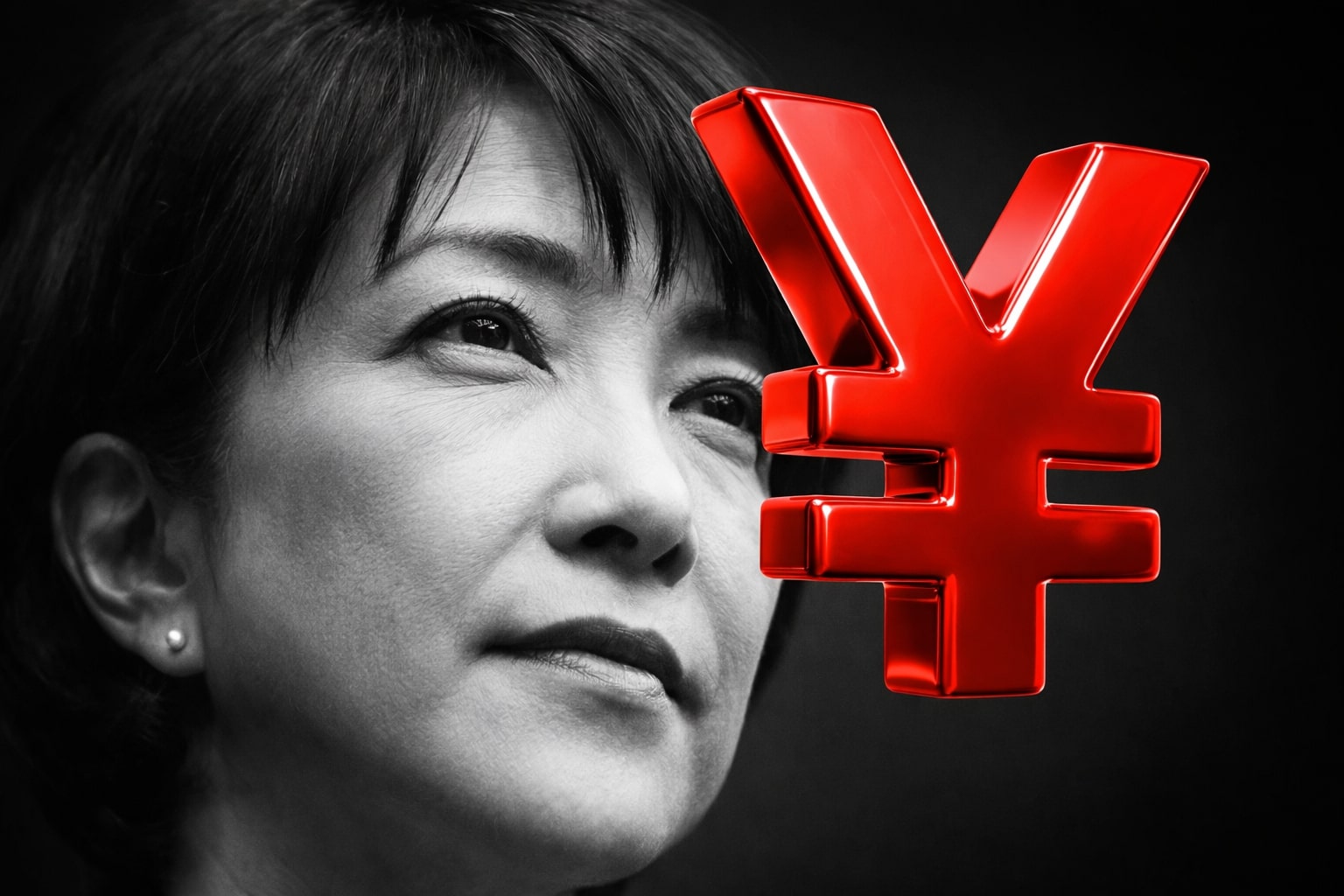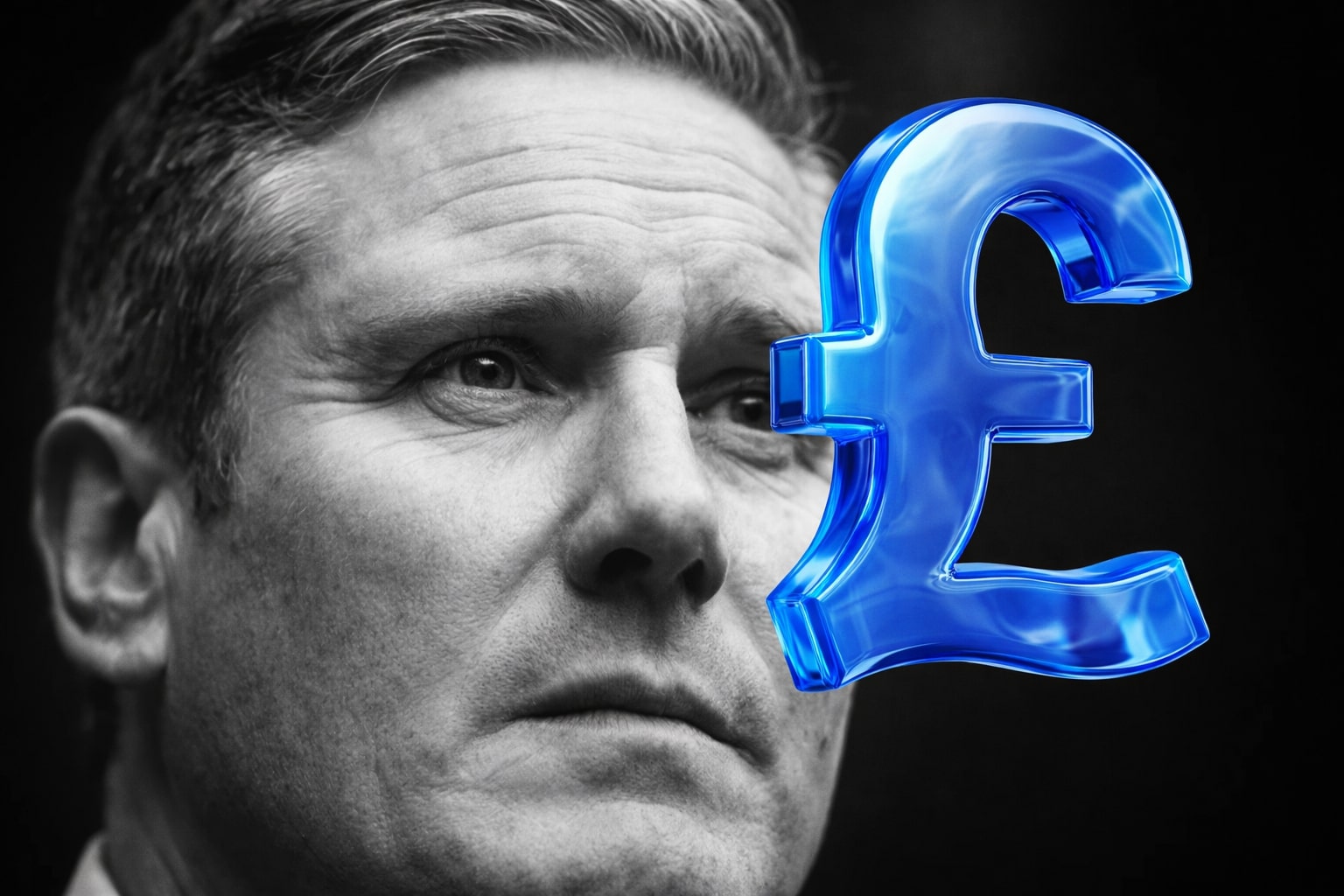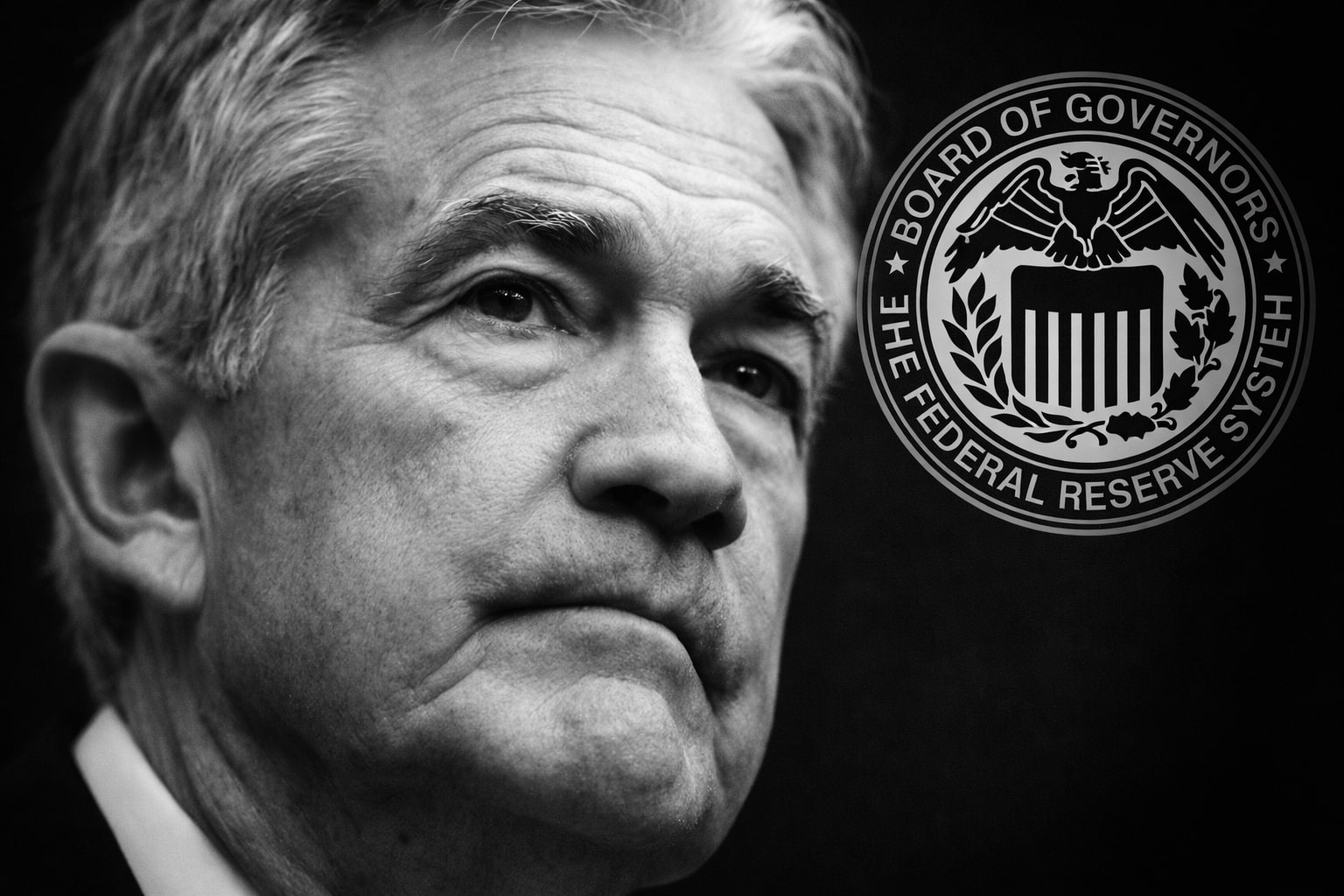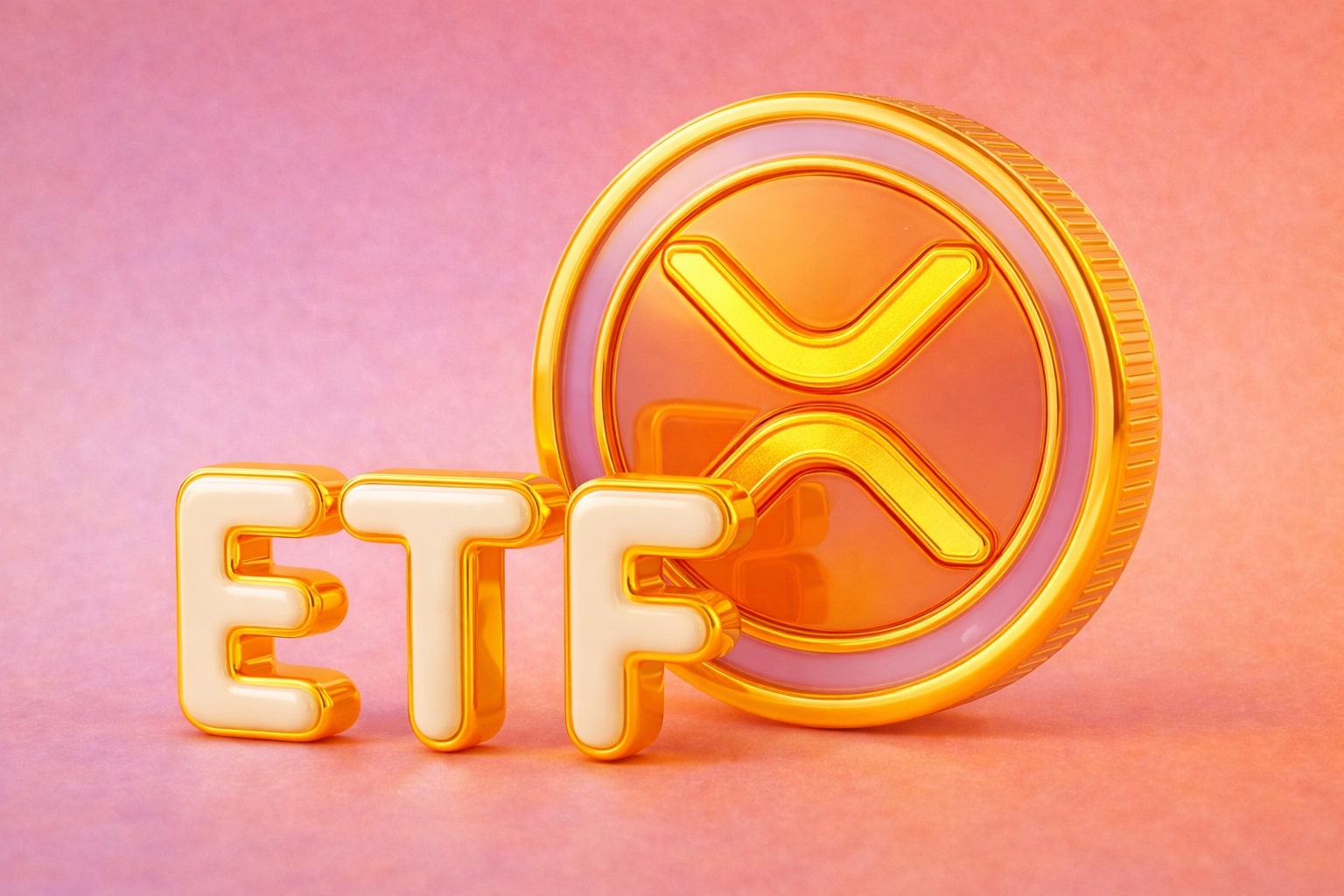EUR/USD (EURUSD) Holds Above 1.1630 as Dollar Strength and ECB Caution Define Outlook
The EUR/USD pair closed the week near 1.1660, holding modestly above the crucial 1.1631 neckline that has emerged as the defining technical level for the pair. After dipping below 1.1700 early in the week amid stronger U.S. yields and renewed tariff optimism from Donald Trump, the euro regained footing as traders reassessed the dollar’s overextension. The broader tone remains cautious — the euro is confined within a three-month range between 1.1580 and 1.1748, reflecting indecision over monetary direction from both the Federal Reserve and the European Central Bank.
Dollar Index Strength Returns as Yields Push Higher
The U.S. Dollar Index (DXY) rebounded from recent lows, climbing toward 98.60, after the 2-year Treasury yield rose above 3.45%, signaling renewed dollar demand. Trump's softer remarks on China tariffs temporarily soothed global risk sentiment, but underlying market focus remains on whether the Fed will follow through with its anticipated 25-basis-point cut at the October 29 FOMC meeting. A sustained dollar recovery above 99.00 could test euro resilience, with traders watching for any break below the 1.1630 threshold to signal renewed bearish pressure on EUR/USD.
Technical Battle Around 1.1631 Keeps Traders Divided
The EUR/USD structure is now defined by a short-term double bottom pattern that emerged after repeated rejections near 1.1631. The neckline around 1.1720 was briefly tested before profit-taking capped gains near 1.1748, a Fibonacci resistance aligned with the 78.6% retracement of the 2021–2022 decline. A daily close above 1.1748 would shift sentiment decisively bullish, exposing 1.1790 and later 1.1860 as potential upside objectives. Conversely, sustained weakness below 1.1630 would validate the bearish continuation sequence, projecting downside risk toward 1.1560 and 1.1480.
Euro Sentiment Dampened by ECB Dovish Signals
Across Europe, ECB policymakers have maintained a subdued tone as inflation continues to drift toward 2.3%, giving little urgency to tighten policy. Markets now price in no rate hike until Q2 2026, with traders debating whether the ECB might resume limited bond purchases if eurozone growth stalls below 0.8%. The divergence with U.S. policy has kept euro demand limited, particularly as American yields stay elevated. European data also reflect cooling momentum — Germany’s ZEW expectations slipped to 11.7, while the French PMI composite fell to 49.8, reinforcing the argument that monetary easing from the Fed may only modestly benefit the euro if Europe remains economically sluggish.
Cross-Asset Correlation: Gold and Bitcoin Complicate the Dollar’s Path
Gold’s correction from $4,380 to $4,200 and Bitcoin’s rally above $106,000 have altered short-term capital flows, reducing immediate safe-haven demand for the euro. Historically, the EUR/USD tends to strengthen alongside falling gold prices as investors rotate back into U.S. assets, but this week’s mixed moves have clouded that pattern. With global liquidity tightening, macro funds are using EUR/USD positions as partial hedges against volatility in digital assets and commodities. Analysts estimate over $1 trillion shifted from precious metals into dollar-linked assets in recent weeks — indirectly supporting the dollar but leaving the euro undervalued relative to its long-term fair value near 1.1820.
EUR/JPY and EUR/CAD Movements Reveal Euro’s Divergent Strength
The euro’s resilience is more visible in cross-pairs. EUR/JPY remains structurally bullish, holding above 175.00 despite yen volatility and Japan’s 300% surge in gold trading volume. This strength underscores how the euro maintains relative dominance against weaker counterparts. In contrast, EUR/CAD faces headwinds near 1.6230, where prior resistance now acts as support amid energy price stabilization. The divergence between these pairs suggests that EUR/USD weakness stems primarily from U.S. dollar strength rather than fundamental euro deterioration, hinting that once U.S. yields stabilize, the euro could resume appreciation toward 1.18–1.19 levels.
Macro Risks: Fed Cuts, U.S. Data, and European Fiscal Challenges
With the Fed’s October rate decision approaching, traders anticipate two rate cuts before year-end, which could erode dollar strength if inflation cools below 3.1% YoY. However, a stronger U.S. retail sales print and stubborn core PCE data have temporarily delayed dovish pricing. In Europe, fiscal fragmentation remains a key risk — Italy’s 10-year spread over German Bunds widened to 192 basis points, its highest since March, adding pressure on the euro through the debt channel. Meanwhile, Spain’s unemployment rate climbed to 11.8%, further dampening consumer confidence. These indicators underline that despite technical resilience, the euro lacks macro catalysts for a sustained breakout.
Short-Term Outlook: EUR/USD Faces Narrow Range Before Next Move
Intraday action shows EUR/USD oscillating between 1.1630 support and 1.1748 resistance, with momentum indicators flattening near neutral territory. Volatility compression on the four-hour chart signals an imminent breakout as traders await the ECB’s next communication cycle and U.S. GDP data due October 25. Should the dollar index fail to close above 99.00, short-term bulls could drive EUR/USD back toward 1.1775, validating the double bottom formation. Conversely, a close below 1.1630 could expose 1.1580, a critical multi-week floor.
Verdict: EUR/USD – HOLD with Neutral Bias Toward 1.18
The balance of evidence shows that EUR/USD remains locked in consolidation, constrained by the interplay of U.S. yield strength, ECB caution, and global macro liquidity. The 1.1630–1.1748 corridor defines near-term dynamics, with momentum likely building toward a decisive break by month-end. While downside risks persist if the Fed surprises with hawkish rhetoric, the structural dollar peak suggests limited room for further euro depreciation. Trading stance: HOLD, with upside potential toward 1.18 if support at 1.1630 continues to hold firm.
That's TradingNEWS














